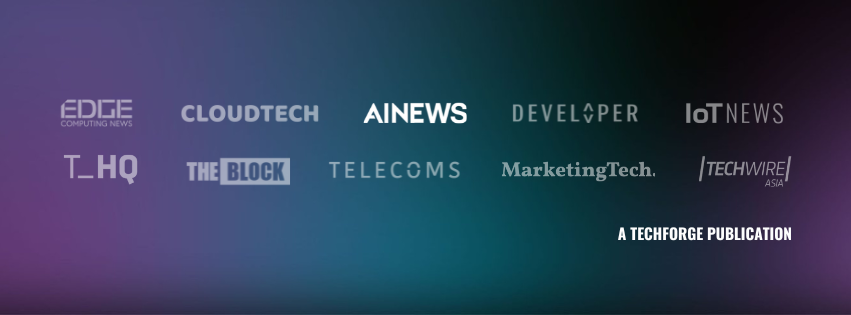
Predictive analytics: Transforming data into future insights
aryacollegejaipur.medium.com
Predictive analytics: Transforming data into future insightsArya CollegeFollow3 min readJust now--The ability of artificial intelligence (AI) to predict future events through predictive analytics is a transformative development in data science. This comprehensive exploration delves into the methodologies, applications, and challenges of predictive analytics, illustrating how AI enhances our capacity to forecast outcomes based on historical data.What is Predictive Analytics?Predictive analytics involves using historical data to forecast future events and behaviors. It employs statistical techniques and machine learning algorithms to identify patterns and relationships within data. The primary goal is to make informed predictions about future outcomes based on past trends.Key Components of Predictive AnalyticsData: The foundation of predictive analytics is high-quality data, which can be structured (numerical or categorical) or unstructured (text, images). Effective predictive models require comprehensive, accurate, and relevant datasets that undergo cleaning and preprocessing to ensure usability.Algorithms: Algorithms serve as the analytical engine behind predictive analytics. They range from simple linear regression models to complex neural networks, depending on the complexity of the task. These algorithms learn from historical data, adjusting their parameters to improve prediction accuracy.Predictions: The final output of predictive analytics is actionable insights derived from the analysis. These predictions can inform decision-making processes across various sectors by identifying trends, classifying outcomes, or detecting anomalies.How AI Enhances Predictive AnalyticsAI significantly enhances traditional predictive analytics by automating data analysis and improving accuracy through machine learning. Key advancements include:Automation: AI automates data collection, cleaning, and analysis, allowing organizations to process vast amounts of information quickly and efficiently.Real-Time Analysis: AI-powered systems can analyze real-time data streams, enabling immediate predictions that inform operational decisions.Continuous Learning: AI models are designed to learn from new data continuously. As they are exposed to more information over time, their predictive capabilities improve, adapting to changing conditions and refining their forecasts.Applications Across IndustriesPredictive analytics powered by AI has broad applications across various sectors:Healthcare: In healthcare, predictive models can forecast patient outcomes based on historical health records, enabling proactive treatment plans and resource allocation.Finance: Financial institutions utilize predictive analytics for risk assessment, fraud detection, and market trend forecasting. By analyzing transaction patterns, AI can identify unusual activities that may indicate fraud.Retail: Retailers apply predictive analytics to optimize inventory management and enhance customer experience by predicting buying behaviors based on past purchases and seasonal trends.Manufacturing: Predictive maintenance powered by AI helps manufacturers anticipate equipment failures before they occur, reducing downtime and maintenance costs.Challenges in Predictive AnalyticsDespite its potential, several challenges accompany the use of AI in predictive analytics:Data Quality: The accuracy of predictions relies heavily on the quality of input data. Inaccurate or biased datasets can lead to misleading conclusions.Interpretability: Many AI models operate as black boxes, making it difficult for users to understand how predictions are generated. This lack of transparency can hinder trust in AI-driven decisions.Ethical Concerns: The use of predictive analytics raises ethical issues related to privacy and bias. Organizations must ensure that their models do not perpetuate existing biases or infringe on individual privacy rights.Future ProspectsThe future of AI in predictive analytics holds significant promise:Enhanced Real-Time Capabilities: As technology advances, real-time data processing will become more sophisticated, allowing for immediate responses to emerging trends.Greater Personalization: AI will enable more tailored experiences across industries by predicting individual preferences and behaviors.Human-AI Collaboration: Future developments may see increased collaboration between human analysts and AI systems, where human intuition complements AIs data-driven insights.In conclusion, while AIs capacity for predicting the future through predictive analytics is not infallible, it represents a significant advancement over traditional methods. Arya College of Engineering & I.T. says By harnessing vast amounts of data and employing sophisticated algorithms, organizations can gain valuable insights that drive strategic decision-making across various sectors. Addressing challenges related to data quality, interpretability, and ethical considerations will be essential for maximizing the potential of AI in predictive analytics.
0 Comentários
·0 Compartilhamentos
·5 Visualizações











